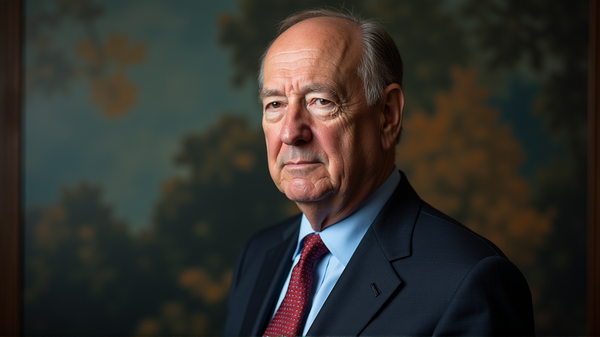Ticking Clock of Trade: Trump's Tariff Deadline and Global Economic Ripple
The economic world is holding its breath as President Trump’s deadline on potential tariffs fast approaches. The anticipation of these new economic measures has created an air of uncertainty in international trade, affecting dozens of countries on the brink of facing significant tariffs that could be as high as 50 percent.
Analyzing Tariff Impacts
Economist Jason Furman, a significant voice in the field, sheds light on the complexities of these tariffs. While the initial fear might have suggested catastrophic economic downturns, Furman offers an insightful perspective revealing that the reality might not be as dire. According to Furman, “We have more than a hint of stagflation in the economy right now.” The combined issues of low growth and high inflation serve as a warning for future economic trajectory.
Unraveling Reactions and Responses
The reactions to these tariffs vary widely among countries and sectors. Notably, South Korea has adapted by accepting a 15% tariff on exports, simultaneously committing to investing $350 billion in U.S. energy and infrastructure. Interestingly, Mexico has been granted a 90-day extension by President Trump. The strategic delays and extensions show a dynamic interplay of international relationships as each nation maneuvers through complex negotiations.
Domestic Response to Inflation and Price Wars
On the domestic front, consumers are starting to feel the pinch of rising prices, notably in everyday goods subject to tariffs. For instance, Jason Furman points out that companies like Procter & Gamble are set to increase prices on a range of products. A notable battle of prices ensues between retail giants Amazon and Walmart, each adopting different strategies to handle these economic shifts, reflecting the divergent impacts on consumer behavior and corporate strategies.
A Willingness to Negotiate
Surprisingly, despite the threatening aura of a global trade war, multiple agreements have been forged with international partners. Trump’s administration has been assertive in pushing for deals, with the recent EU negotiations being a case in point. These outcomes highlight that diplomatic engagements may act as a buffer, cushioning the immediate adverse effects of tariffs on the global economy.
The Big Picture: A Divisive Strategy?
While the administration argues for long-term gains by encouraging allies to invest in American energy sectors and commit to purchasing more American products, economists like Furman remind us of the self-inflicted wounds caused by such tariffs. The underlying structure of these policies, focusing on short-term concessions, may not sufficiently offset the broader economic consequences we are yet to observe.
As the world watches closely, this tariff deadline serves as a defining moment for international trade, diplomacy, and economic policy. The dialogue, strategies, and outcomes will be closely analyzed as the ripple effects are bound to surface across global markets, making it clear that in the interconnected realm of trade, every decision holds far-reaching implications.




